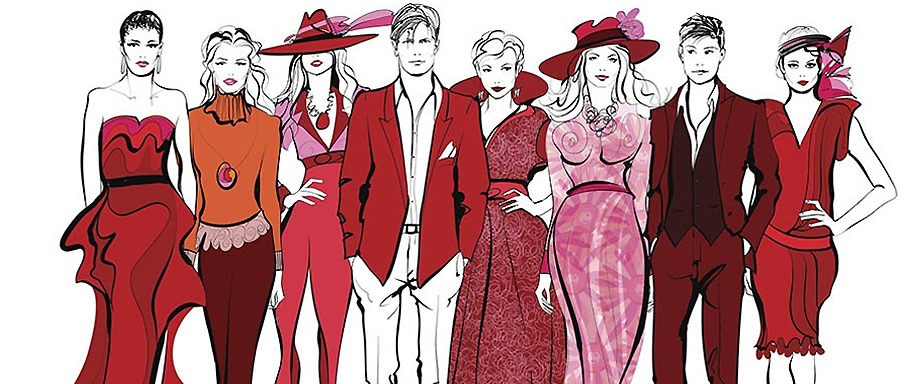Table of Contents
Background
The term ‘fashion’ has many different unclear applications and uses; as such, it does not have a precise or a certain definition that encompasses every application under this term. However, as per Fashion scholar S. Kaiser, fashion is a way of self-expression and autonomy in a particular period and in a certain context through clothing, accessories, lifestyle, makeup, hairstyle, and body posture [1]. In other words, fashion refers to trending or present expressions through the fashion industry. For the purposes of this article, the term ‘fashion’ will refer to self-expression through clothing and accessories primarily.
The fashion industry encompasses the design, production, marketing, and selling of clothing and accessories[2]. The fashion industry—in the 21st century—is highly globalized with different countries engaging in different specialized tasks. Some scholars differentiate between the fashion industry i.e., high-fashion, and the apparel industry, i.e., ordinary or mass fashion; however, the difference between the two has reduced to a nulled in the last two decades.
The fashion industry is, in essence, a product of the modern age. This is because, in the past, clothing was only tailored and customized per individual requirements. The modern age brought with it introductions of new technologies such as sewing machines and rising globalization among many which marked the birth of the fashion industry, as we know it.
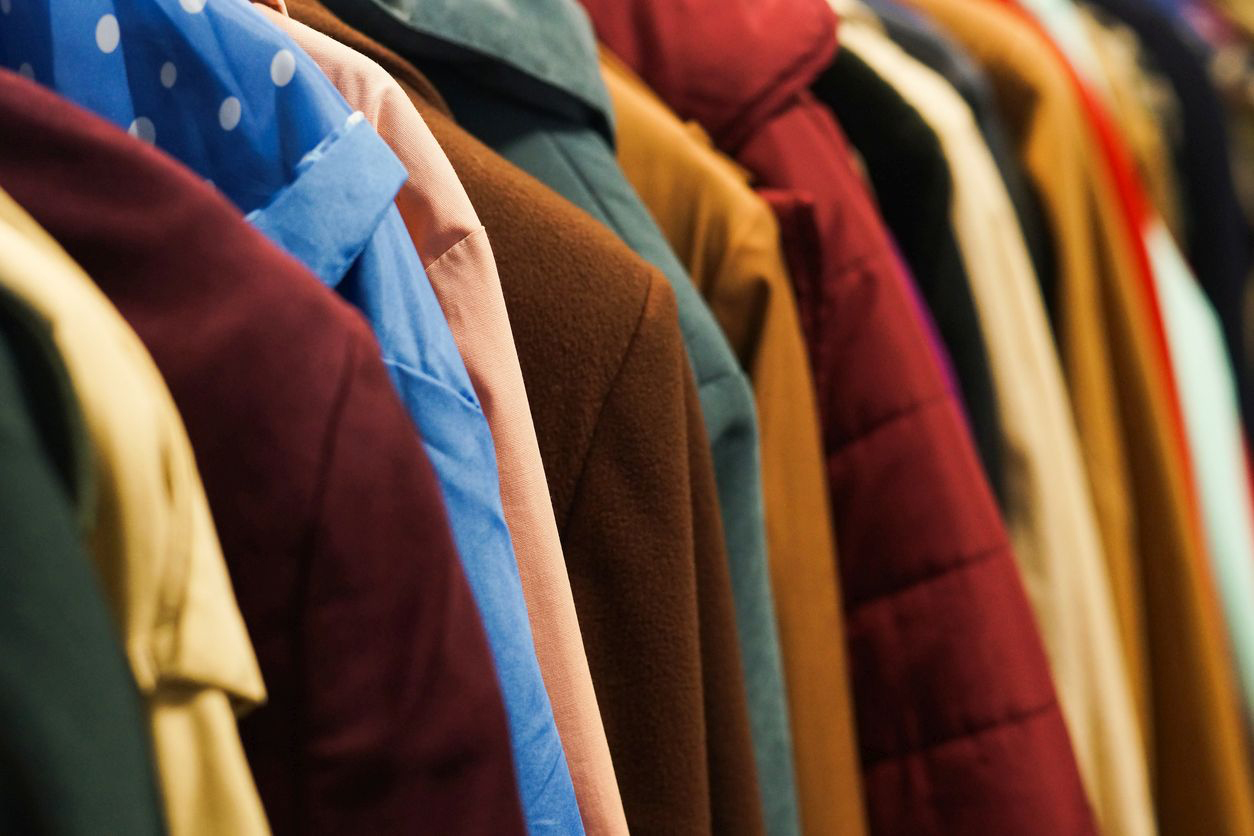
different outfits on a cloth rack
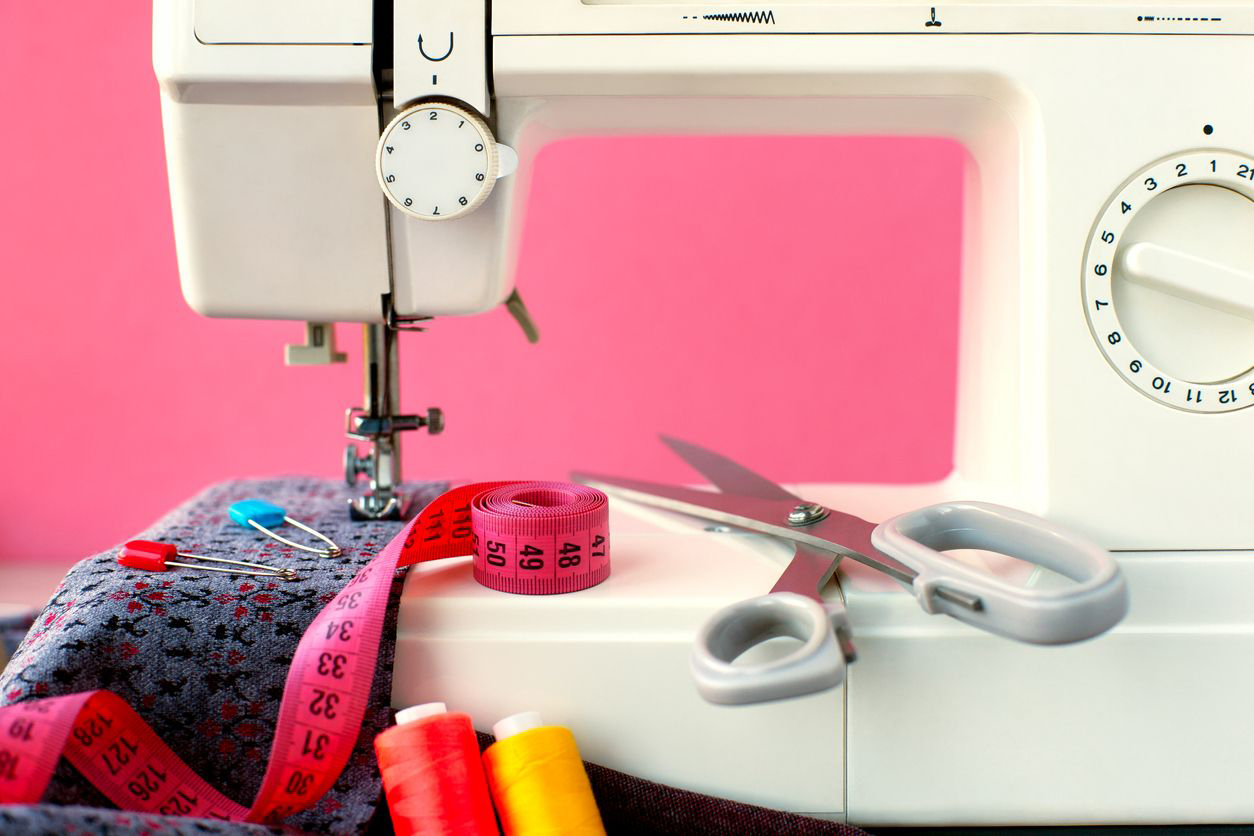
A sewing machine
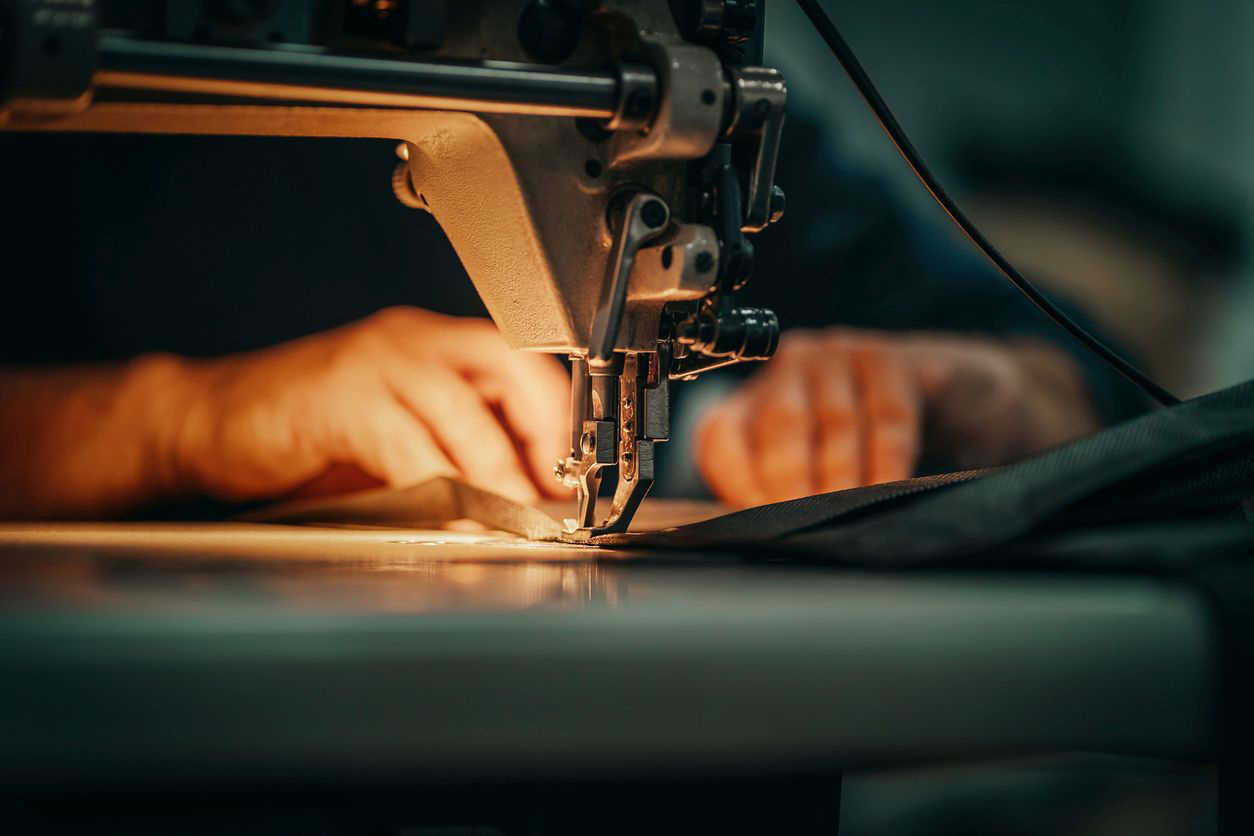
Tailor sewing a fabric

Multi-coloured yarns
This article will explore in-depth the rise of the fashion industry, highlighting the history, key sectors, economics of fashion, growth, changes in the fashion industry, and many other areas. As such, this will be an ultimate guide to the fashion industry covering a wide range of aspects of the fashion industry.
History

The Early Ages
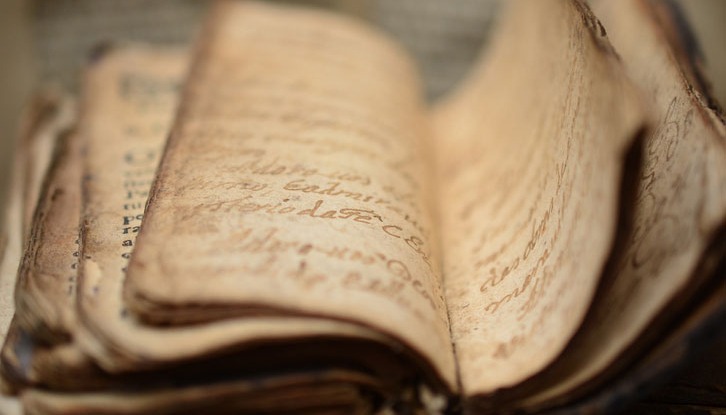
For ages, textile has been used by humans for clothing and many other uses. Garments and textiles are one of the oldest human inventions and the techniques to develop textile into clothing such as weaving, bonding, and knitting have evolved over time. With the introduction of new technology in the garments industry, came new options which marked the birth of the modern fashion industry.
In the past, textiles were primarily made of plant or animal strands or fibers such as fur, cotton, and wool. This process of the creation of textiles from such raw materials, however, required a significant amount of labor and was very time-consuming. In order to ease the process, several tools were invented for nicking, hatchelling, and carding. Such forms of early fashion can be observed from sculptures from the Late Stone Age. However, because this process was so time-consuming and laborious, the technology of spinning was introduced which made it quicker and resulted in higher quality yarn. This further kick-started the development of more sophisticated fabrics.
Spinning
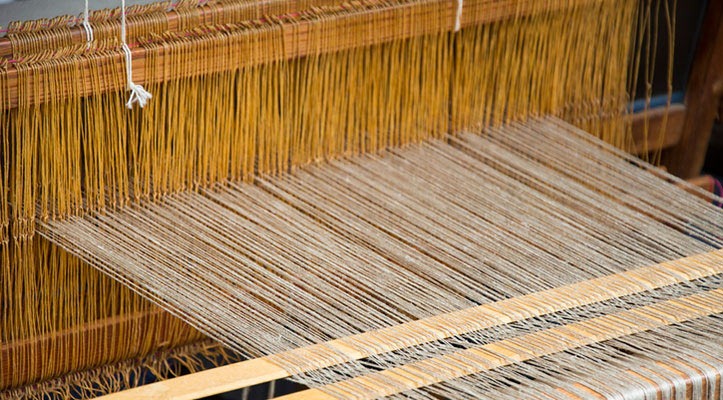
The early spinning technique had two implements called the distaff and the spindle[3]. In 1767, Hargreaves introduced the Spinning Jenny which was a spindle spinning frame that marked an important event in the industrialization of weaving and further allowed the development of semi-automatic spinning machines which, as we know it today, allowed modern textile manufacturing. One of these semi-automatic spinning machines was a water-powered spinning frame. These textiles mills created many jobs and opportunities in the textile industry.
Weaving
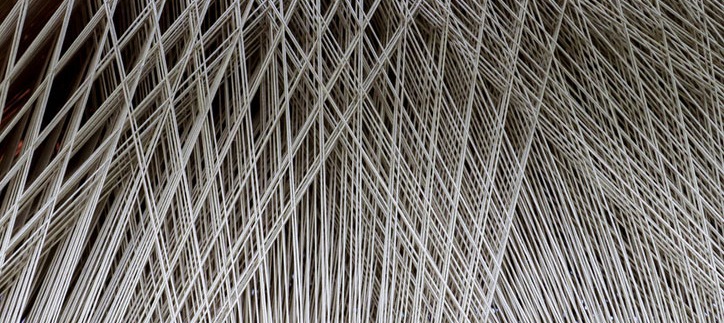
As the yarn was being created at a higher rate of speed with solid quality, the weaving industry came into being which allowed the production of a range of different types of fabrics such as silks, wools, and linens. The yarn had to be passed through the handloom, for this a wooden tool called a ‘shuttle’ had to be used. However, this process of passing the yarn through the handloom required the use of skilled labor and was very time-consuming. As a solution against this, John Kay, in 1733, invented the ‘flying shuttle’ which allowed a fully automated weaving process. Consequently, the industry was able to weave faster, and as such, the demand for yarn increased significantly which pushed the spinning industry to innovate. This marked the beginning of the mass production of clothing items, making fashion accessible to everyone.
Power Looms
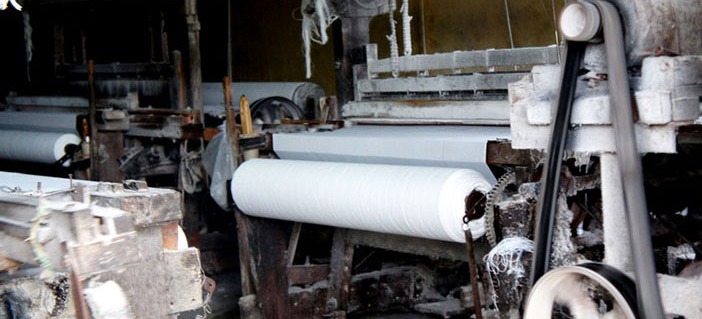
Following this, power looms started to become common among the fashion industry as mechanical components such as levers, pistons, and springs replaced human interventions. The first practical power loom was patented in 1785 by E. Cartwright. He established his own mill and started to use steam in the process. By 1818, over 2,000 steam-powered textile mills were operating in Manchester, England.
International Trade & Globalization
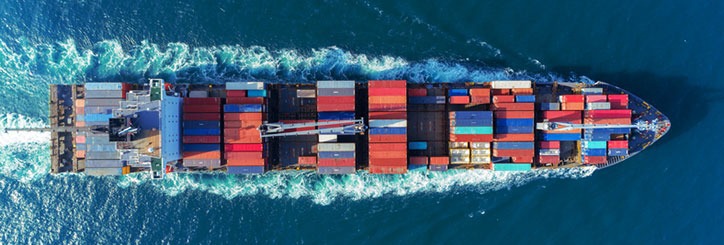
This expansion and industrialization opened the doors for international trade of textiles and fashion around the world. In the 19th century, Britain was at the forefront of exporting textiles such as linen and wool as steam-powered looms resulted in rising accessibility to fashion around the world.
Production of Complex Designs & Shaped Textiles
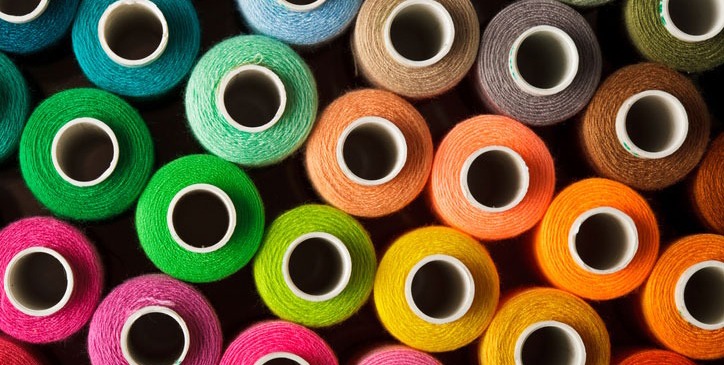
Although these power looms allowed the production of mass quantities of yarn within a small amount of time, skilled labor was still required for textiles with sophisticated patterns. However, in the year 1804, a Frenchman named Joseph M. Jacquard introduced the world to punch cards that controlled the positions of weft and warp which allowed the production of complex patterns with minimal input of skilled labor. Resultantly, large quantities of textile with complex patterns could be produced with standardized quality all around. However, this pushed the demand for skilled weavers downwards as they were replaced by these advanced inventions.
Changes Driven by the 20th Century
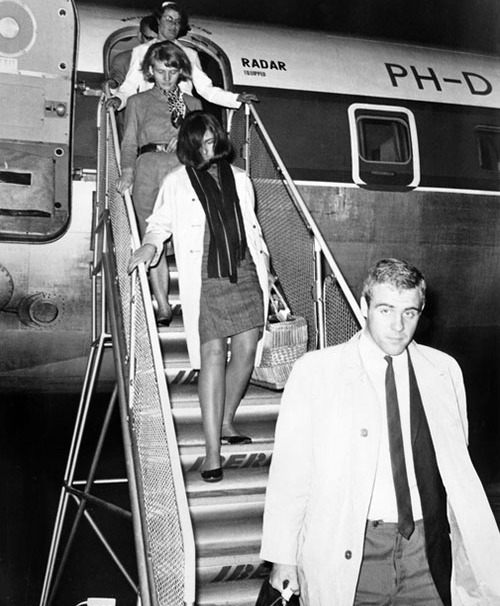
The 20th century proved to be one of the most transformational for the textile industry. The introduction of new technology and the use of electronics in the production of textiles meant machinery within the industry became more automated. These improvements also resulted in larger quantities within a short period of time and with minimal labor input. This also resulted in new human-invented fabrics such as nylon. In addition to this, more styles, colors, patterns, and shapes were possible and inkjet printing was also being used for entire designs. Knitting was also revolutionized through the use of computers as garments could now be produced in such a short time.
The 20th century also led to further changes in the fashion industry. Apart from the changes in the production in the fashion industry, adoption of new techniques and incorporation of technology, the 20th century also moved the textile production dominance from Europe and North America to Asia, as it is in the 21st century.
The Present
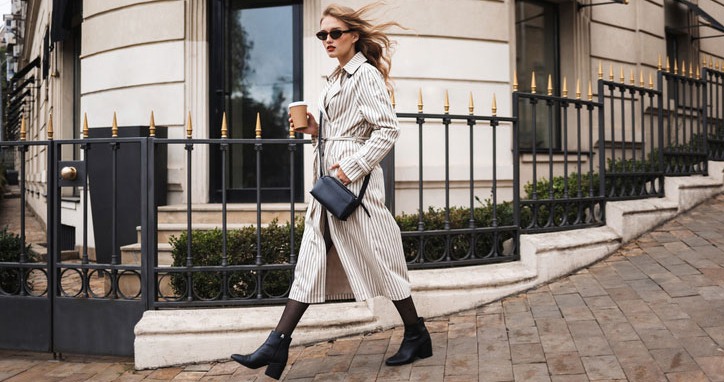
Presently, the fashion industry is seeing rapid changes as it is one of the only industries that is built on the premises of change. The only constant in the fashion industry is change. The use of 3D technologies and laser cutting has also revolutionized the industry. Technology is being incorporated and used in this industry at an astonishing rate with newer and newer innovations being introduced not only every year but rather every month. Because of these wide choices due to technology, designers are able to use many different techniques to express themselves through fashion. These large numbers of different techniques also mean that designers can also pursue sustainable choices.
Overall Timeline
The fashion industry has a history that stretches back to the late stone age. The following graph illustrates the overall timeline of the fashion industry.

Fashion Trends

Fashion trends are specific looks or expressions that exist for a relatively brief time spread among the masses at a specific time in a certain place. These trends exist for a brief amount of time, and as such, the fashion industry faces constant change. As such, fashion trends originate from cultures, influencers, celebrities, and street styles.
These fashion trends are determined and affected by many different factors including climate, innovations, designs, politics, general cinema, and celebrities. In analyzing these factors influencing fashion trends, a general framework around PEST or PESTEL analysis is used which stands for Politics, Economics, Social, Technological, Environmental, Legal.
Social Influences

Fashion is fundamentally based on social factors as an individual cannot have a fashion trend by themselves, and for a fashion trend to exist, one must have followers and a wide broadcast of that fashion trend. This broadcast has several forms: trickle-down, bottom-up, across cultures, or through viral social media.
Fashion is related to the social and cultural context of a particular environment. Fashion is not only aesthetics but also a platform for individuals to express themselves, their art, and their opinions. It becomes an overall effect. Components of popular culture combine when an individual’s trend is associated with a preference for a certain genre of music [4]. So, like music or news, fashion has become an everyday part of people’s lives.
The annual runway/model show also displays the fashion trends and designs from prominent designers. Another platform where these fashion trends are shown is the annual Academy Awards where fashion designers and their art are exhibited through celebrities. Another venue through which fashion trends are displayed and influenced has become increasingly dominant in social media. Through social media, celebrities and influencers display fashion to the masses and are commonly paid very large sums of money to promote or market a particular clothing item or accessories.
Economic Influences
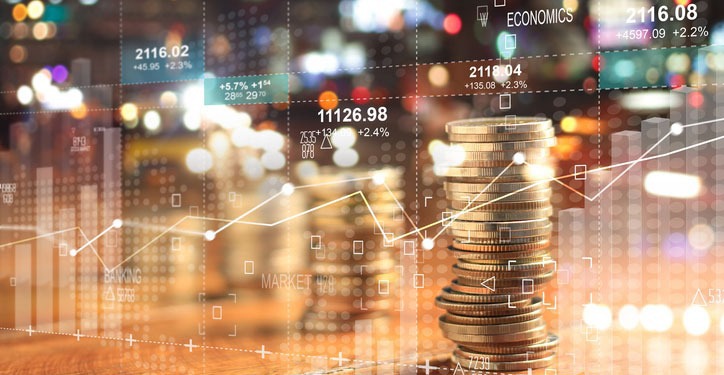
Rising awareness about the environment has pushed consumers to be mindful of their consumption and question the notion of spending now and thinking later. Consumers have become aware of the impact of their everyday consumption on the environment and society. Consequently, key players in the fashion industry are slowly moving towards the concept of creating sustainable fashion.
The industry, in addition to this, are also adapting a ‘circular model’ where manufacturing of goods work in a way similar to nature where the death and waste of a substance is an energy source or food for something else. Many companies have fundamentally changed their business models with the circular model as the focal point in their models.
Government policies also play a major role in influencing fashion trends. China is an interesting case study for this purpose as the country has had a consistent decline in consumption as a percent of GDP. The government of China has employed many different policies in order to drive consumption higher to stimulate GDP in the country. Particularly for the fashion retail industry, the demographics of consumers have little impact on shopping motivation which is contrary to Western countries. Another point is that gratification and idea shopping impact spending over ¥1,000 on fashion items.
Political Influences

Important figures in politics have also significantly influenced the fashion industry, the earliest known incident being from the time of Louis XIV, a French King. Another example is First Lady Jacquelin Kennedy who had a large following in terms of fashion and inspired many fashion trends of feminine style.
Apart from political figures, cultural upheavals also influenced fashion trends. For instance, during the 1960s, the US economy was growing rapidly, the divorce rate was on the rise, and the birth control pill was approved by the government. Fusing these factors together caused the younger generation to rebel against the established social norms. Moreover, movements for civil rights, justice, and equal opportunities for Blacks, women’s rights, and personal freedom were in full swing. Among these, the leg-baring mini-skirt came out which became an instant trend. This trend evolved and many other types of garments were introduced as fashion designers innovated.
Protests over the US becoming involved with Vietnam also influenced fashion. The use of camouflage was used in military apparel to become less visible from enemy forces. This pattern of camouflage was then introduced in street style and has come and gone. It still continues to enjoy popularity today.
Technological Influence

Because of the increasing incorporation of technology in daily lives, it has become relatively influential within fashion. For example, wearable technology has become a major part of fashion today such as smartwatches, smart fabrics, and the rising use of 3D technology has also slowly crept into the world of fashion as it has influenced designers such as Kimberly Ovitz.
As discussed above, the internet has allowed social media to exist which has, in turn, influenced trends significantly where they can be recognized, promoted, and sold immediately. Styles that set trends can also be easily promoted and marketed to consumers.
Levels of the Fashion Industry
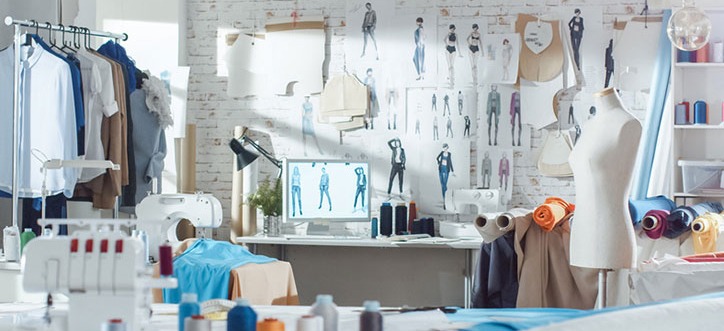
The fashion industry is divided into four key sectors or levels which includes (a) raw materials production, i.e., textile design and production, (b) fashion goods production by designers, i.e., fashion design and manufacturing, (c) retailing, (d) advertising, marketing, and promotion [5].
1. Raw Materials Production
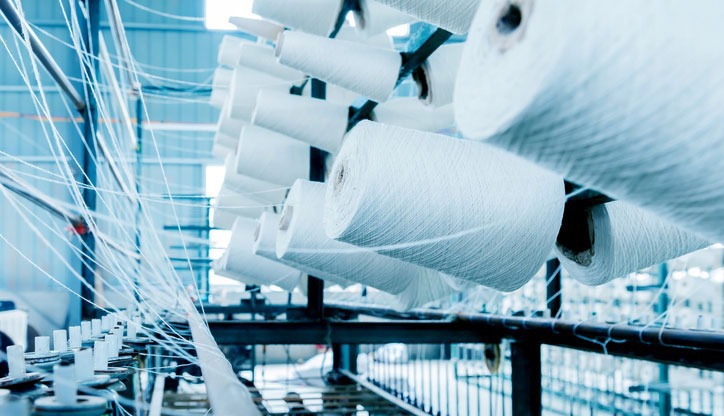
The primary source of fashion is textile. The history of textile production stretches well back in the past but the automation of spinning and weaving natural fibers was one of the main highlights of the Industrial Revolution in the 18th century. Today, these processes are highly automated with a great amount of technology incorporated to produce top-quality fabrics in the shortest amount of time.
A significant size of the textile industry produces fabrics for clothing where natural and synthetic raw materials are used. However, rising environmental awareness has also led to an increasing following of sustainable fashion where environmentally friendly fibers are used in the production of textiles such as Hemp. Moreover, textile technology has allowed certain properties to be incorporated in fabrics such as moisture-wicking, stain resistance, etc. As such, fabrics are produced with a wide range of colors, shapes, and properties.
2. Fashion Design and Production
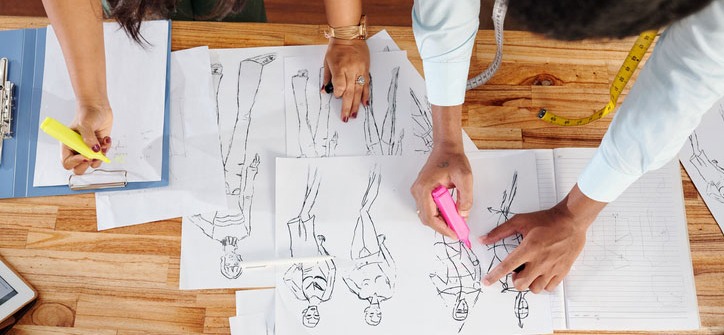
A very small minority of fashion designers become well-known worldwide as the likes of Calvin Klein and Louis Vuitton who are designers of high fashion. Although they have significant say in setting fashion trends, they do not create new styles. Rather, they design clothes in such a way that will meet consumer demand.
The majority of designers work in design times under anonymity and incorporate new styles into marketable everyday wear for consumers. These designers draw inspiration from many different sources which include celebrities, cinema and the movie industry, and sportswear. With the inclusion of technology in the industry, in addition to physically drawing sketches, computer-aided designs have also been made possible.
So, only a tiny number of fashion designers produce innovative high-fashion clothing and even a smaller number of designers produce haute couture. Consequently, most designers and manufacturers of fashion goods produce for the average consumer which is reasonably priced or are within a certain budget.
Manufacturers of fashion goods follow certain stages of production which start from translating designs into different sizes with a helping hand of technology then move onto assembling of the garment where technology also aids. Then these assembled garments go through finishing where different elements are added to the garments such as embroidery, buttons, hooks, zippers, cuffs, hems, and brand labels. These garments are then pressed and packed to be shipped away to their destinations.
3. Retailing

This stage will allow the garments to be transferred from the manufacturer to the final consumer, this is where retailing comes in. Retail stores for clothes buy apparel from manufacturers and then sell it to the final consumers. This is the ultimate distribution level for the garments produced.
4. Advertising, Marketing, and Promotion

Fashion marketing is related to the advertising and promotion of items of clothing and accessories from the fashion industry. It can also be said to be managing the flow of inventory from the design drawing board to production to exhibits of these products to retail customers while ensuring that the business’ sales and profitability are maximized.
Like every other marketing branch, the true success of fashion marketing depends on clearly understanding what the consumer wants, and therefore, coming up with products to respond to those desires and wants. Many different marketing techniques are used to identify the target groups, conduct focus groups, and other methods to determine consumer preferences.
It is pertinent to note that fashion marketing occurs at two levels: wholesale and retail. Businesses that do not have extended distribution lines which include retail must distribute their merchandise to the retailers who then pass on the fashion goods to the final consumer. Such companies use fashion shows, magazines, catalogs, and a specialized sales task force. At either level, many different forms of promotion are used such as social media marketing, print media, and others to gain brand awareness and reputation.
In Numbers
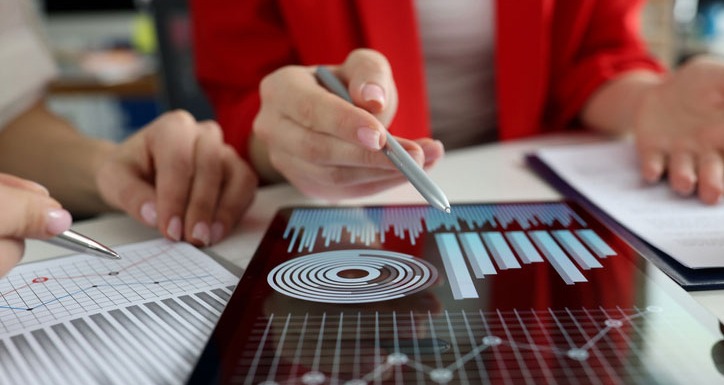
The global fashion industry is a mammoth with the size of the market being over thousands of billions of US dollars. This section will explore the global fashion industry in numerical terms.
Money Made
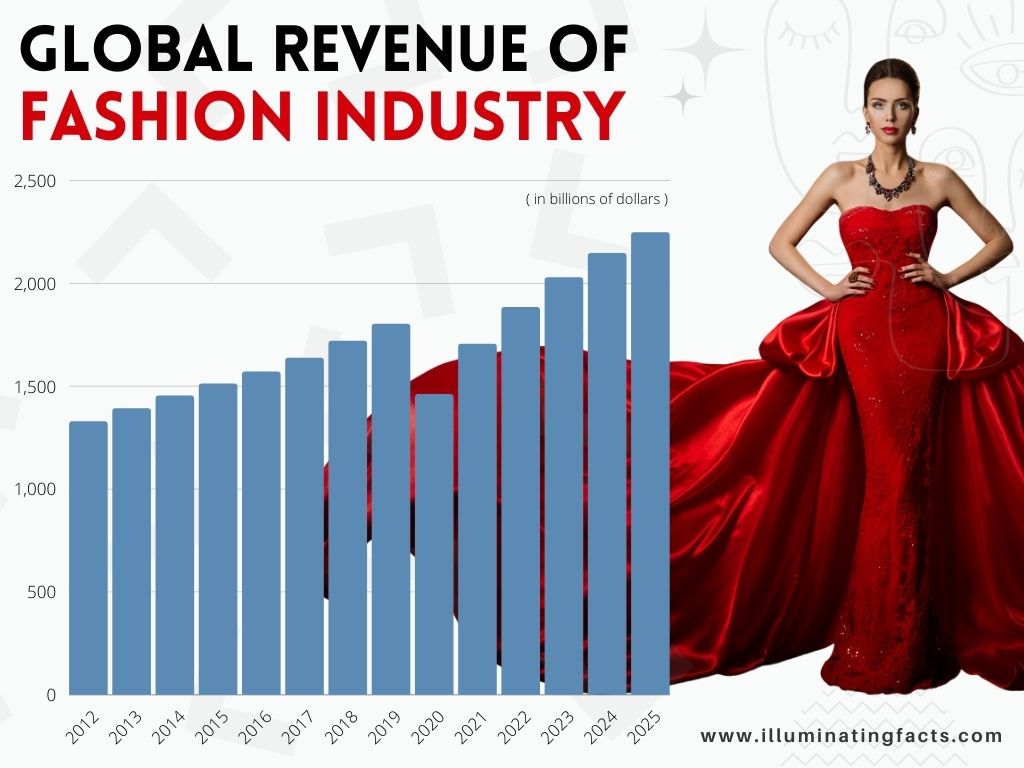
The graph above depicts the global revenue of the apparel industry which is currently 1,705.53 billion US dollars and it is expected to rapidly grow. This is projected to grow to up to 2.25 trillion US dollars by 2025 which shows that consumer demand for fashion goods is forecasted to rise.
Other estimates put the fashion industry at the value of a staggering 3,000 billion US dollars i.e., 3 trillion which makes it at least 2 percent of the world’s gross domestic product.
Value of the Sub-industries & Markets
The pie chart below [6] divides the fashion industry into sub-industries and markets and shows that the womenswear industry is the highest value out of the rest.

The pie chart also shows that 35% of the entire fashion industry is the womenswear industry followed by a near tie between menswear and the luxury goods markets.
Leading Countries & Companies
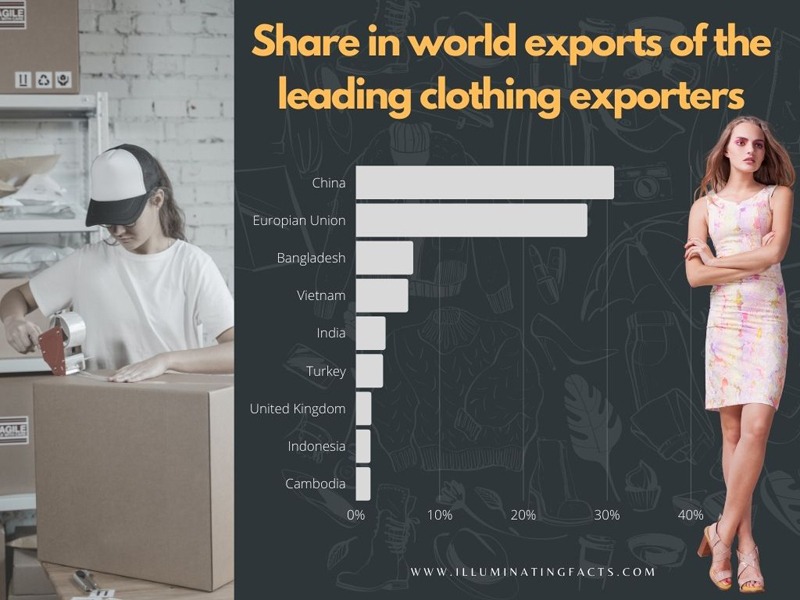
The graph above shows that China is the largest exporter of clothing in the world with a share of 30.8% in world exports. The European Union follows with a share of 27.6% and then the rest of the countries. These are the top 9 leading countries in the global fashion industry

The table above shows the top 10 brands in terms of value in the world where Nike and Louis Vuitton lead and are far ahead of all the other brands in the fashion industry.
Big Names
Although a very small minority of designers become well-known as these, these are the top fashion designers from the fashion industry who are considered the “big names”[7].

Jobs Tied to the Fashion Industry
Out of the global workforce of 3.4 billion, 430 million are estimated to be in fashion and textile production. This number makes it approximately 13% which is quite significant and means that every 1 in 8 workers is at least in some way affiliated with the fashion industry.
30 Interesting Facts
- 80 billion new pieces of clothing are consumed every year which is an increase of 400% over the last two decades.
- In the US, an average person owns at least seven pairs of jeans.
- The most popular clothing item is the t-shirt and over two billion t-shirts are sold every year.
- The first-ever fashion magazine was sold in 1586 in Germany.
- The most popular jeans brand is Levi’s.
- Designer Ralph Lauren’s real name is Ralph Lifshitz.
- The most expensive shoes were sold for $3 million and were designed by Harry Winston. They were called the red ruby slippers.
- It is rumored that the brand Louis Vuitton burns off excess and old stock to maintain the exclusivity of the brand.
- New York Fashion Week was first held in 1943.
- An average American in the 1950s spent 11.5% of their income on fashion goods whereas nowadays, an average American spends 3.5% of their income on fashion goods.
- The first person to wear a white wedding dress is Queen Victoria.
- The most common materials in manufacturing are polyester, cotton, and linen.
- Every year, 7 million tons of textiles are wasted but only 12% of materials are recycled.
- Gucci sold their ‘Gucci Genius Jeans’ for an astonishing $3,134.
- The first designer logo was the Lacoste crocodile symbol created in 1933.
- The bikini was invented in 1946.
- Being pregnant was considered fashionable in the 1600s. So much so that women used to put cushions under their clothes to create a bump.
- Manhattan spends the most amount of money on clothing which is $362 per month.
- China is the largest exporter of fashion goods in the world.
- Nike is the largest fashion company in the world by value followed by Louis Vuitton.
- Handbags were first invented in the 19th century.
- London, Milan, Paris, and New York hold the Big Four Fashion Weeks.
- An average American woman will spend approximately $125,000 on clothes in her lifetime.
- Over 40 fashion weeks and 100 official events are held each year in the fashion industry.
- An Haute Couture designer must receive an assent of approval from the Chamber of Syndicale and only 14 fashion houses are approved.
- Mary Phelps invented the modern bras in 1914.
- There are more men than women at executive levels in the fashion industry.
- The fashion industry’s value is more than the entire GDP of the United Kingdom.
- Millions of people are employed by the fashion industry.
- The fashion industry’s spending on advertising exceeds $500 billion per year.
References
1. KAISER, S. U. S. A. N. B. (2019). Fashion and cultural studies. BLOOMSBURY.
2. Izquierdo-Yusta, A., Labajo, V., Jiménez-Zarco, A. I., & Martínez-Ruiz, M. P. (2016). Online Distribution Strategies: A Mix of Globalization and Diversification in the Fashion Market. In M. Gómez-Suárez, & M. Martínez-Ruiz (Ed.), Handbook of Research on Strategic Retailing of Private Label Products in a Recovering Economy (pp. 491-512). IGI Global. http://doi:10.4018/978-1-5225-0220-3.ch020
3. The evolution of the Fashion Industry. Design for Longevity. (n.d.). Retrieved October 12, 2021, from https://designforlongevity.com/articles/the-evolution-of-the-fashion-industry.
4. The Sunday News. (2015, October 11). Does pop culture influence fashion? The Sunday News. Retrieved October 14, 2021, from https://www.sundaynews.co.zw/does-pop-culture-influence-fashion/.
5. Encyclopædia Britannica, inc. (n.d.). Fashion design and manufacturing. Encyclopædia Britannica. Retrieved October 14, 2021, from https://www.britannica.com/art/fashion-industry/Fashion-design-and-manufacturing.
6. Global Fashion Industry Statistics. (n.d.). Retrieved October 14, 2021, from https://fashionunited.com/global-fashion-industry-statistics/.
7. 10MostToday. (2019, February 24). World’s 10 best fashion designers. 10 Most Today. Retrieved October 14, 2021, from https://10mosttoday.com/worlds-10-best-fashion-designers/.
